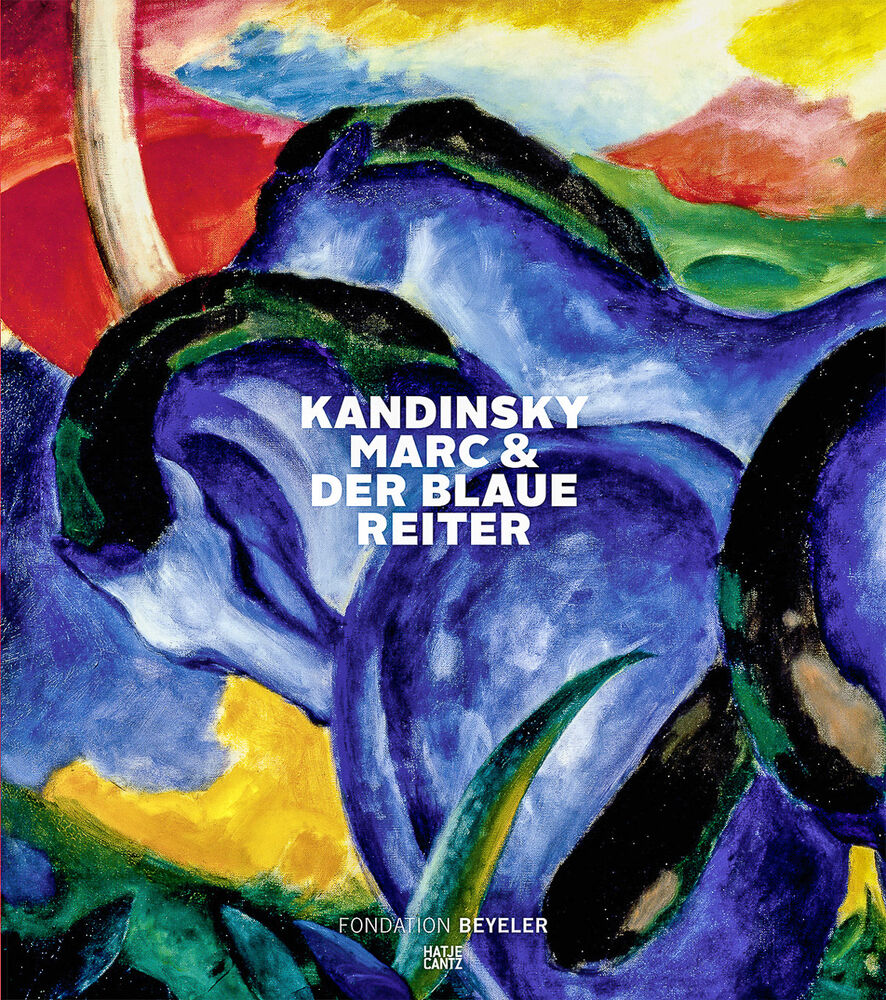
Kandinsky, Marc & Der Blaue Reiter. (English edition) / 38,00
The idea ultimately spawned this single volume, as well as two exhibitions and a loose association of artists. The title Der Blaue Reiter (The Blue Rider) arose accidentally over coffee: as Kandinsky would recall in 1930, "We both loved blue, Marc—horses; I—riders. So the name invented itself." The varied content of Der Blaue Reiter.
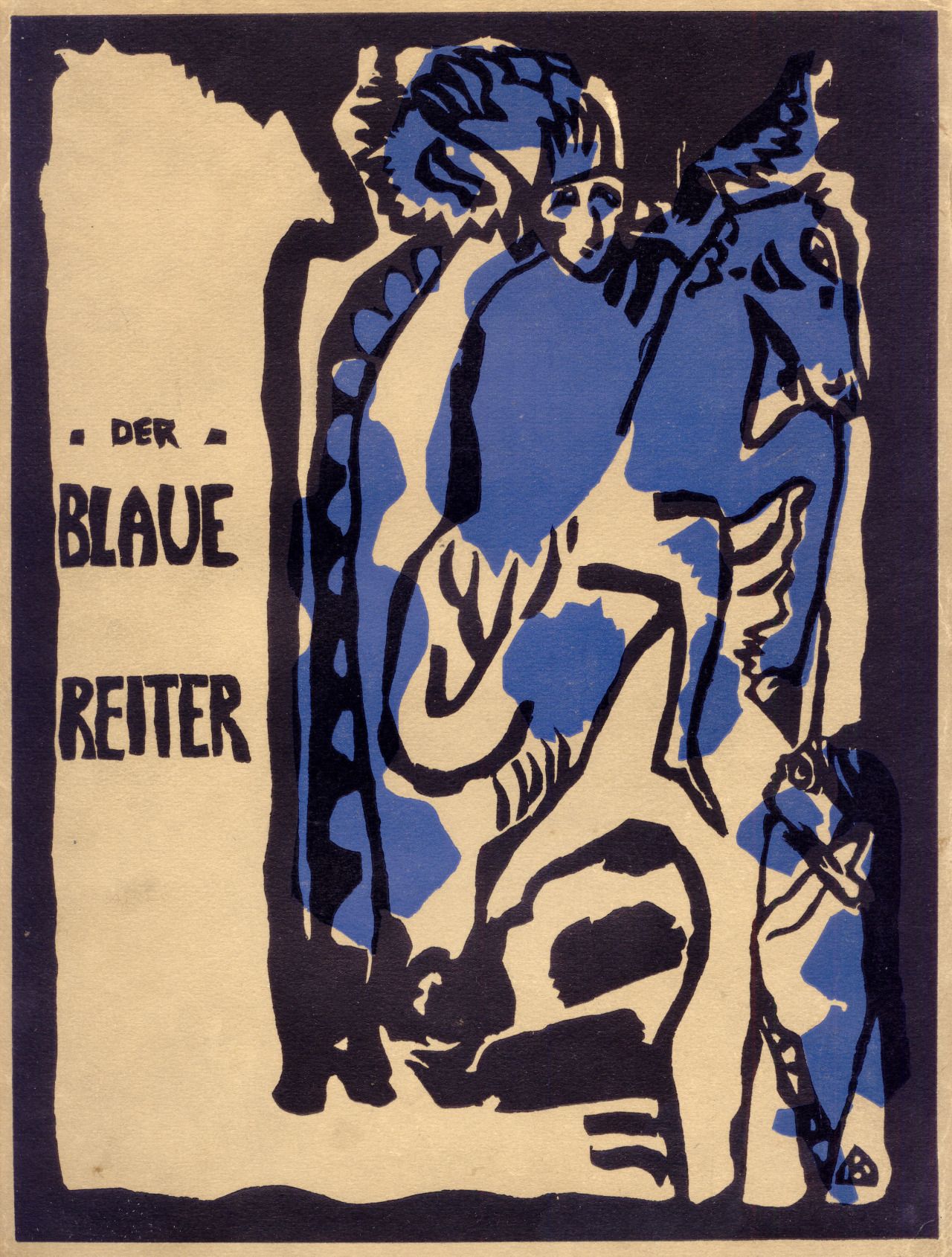
Der Blaue Reiter (The Blue Rider) Tutt'Art Pittura * Scultura * Poesia * Musica
Der Blaue Reiter, (German: "The Blue Rider") organization of artists based in Germany that contributed greatly to the development of abstract art. Neither a movement nor a school with a definite program, Der Blaue Reiter was a loosely knit organization of artists that organized group shows between 1911 and 1914.
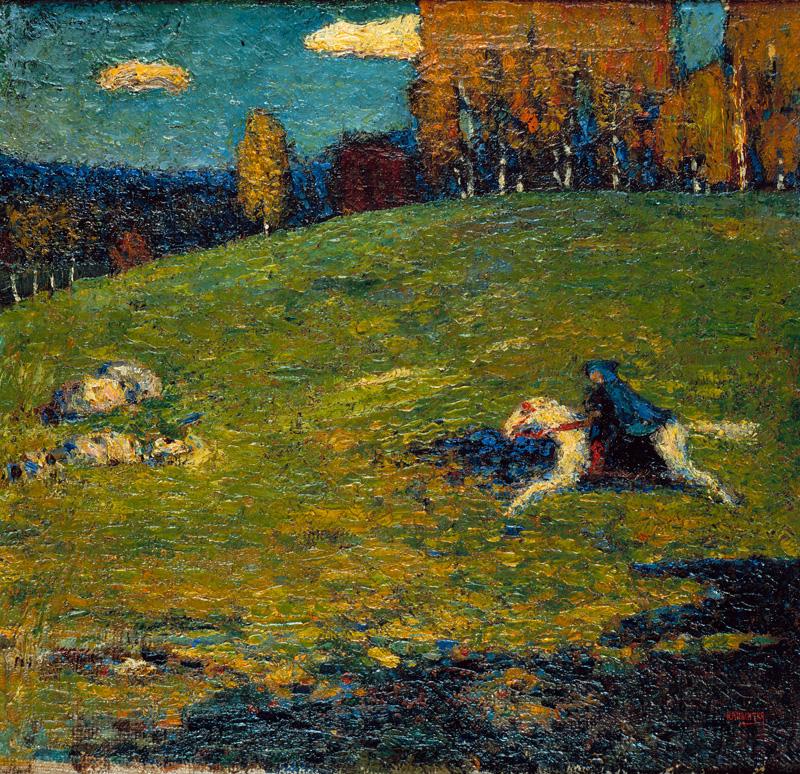
Kunstdruck Kandinsky Der Blaue Reiter von Kandinsky
The other major movement within German Expressionism, Der Blaue Reiter focused on abstraction in art and claimed that colors held a spiritual value beyond the emotional value attributed to them by Die Brücke. Though they pursued different goals, the two movements tilled common artistic ground and often addressed similar themes, and by the.

Kandinsky, Marc & Der Blaue Reiter Artinside
Der Blaue Reiter was a German expressionist group originating in Munich in 1909. Der Blaue Reiter translates in English as The Blue Rider. A number of avant-garde artists living in Munich had founded the Neue Kunstler Vereiningung, or New Artist Association (N.K.V.). The most important of these were the Russian born Wassily Kandinsky and the.
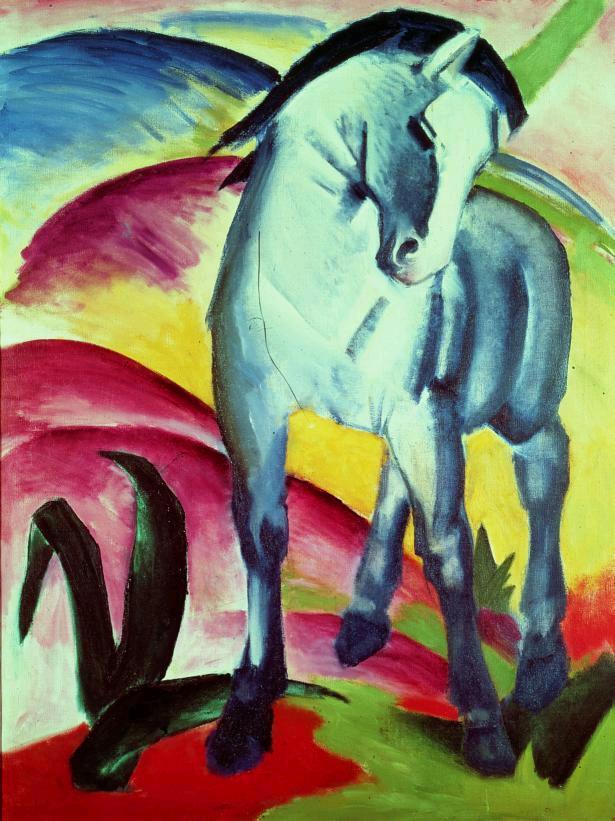
Der Blaue Reiter lex.dk Den Store Danske
Резервирайте в Hotel Der Blaue Reiter, Карлсруе. Без такси за резервация. Открийте това, което искате, в Booking.com - най-големият сайт за пътувания в света.

Deutsch für alle DER BLAUE REITER
An inner Renaissance Figure \(\PageIndex{2}\): Blaue Reiter pages with Ernst Ludwig Kirchner's Four Women Dancing and South Borneo statue, pp. 6-7. One of the editors of the book, the Russian artist Vasily Kandinsky, wrote of Der Blaue Reiter's intent, "We aim to show by means of the variety of forms represented how the inner wishes of the artist are embodied."\(^{[1]}\) This emphasis.

Der Blaue Reiter von PIPER
Profitez de Hotel Der Blaue Reiter, Alt-Durlach. Notre garantie de prix. Les voyageurs apprécient le personnel serviable. Vous trouverez également un jardin.
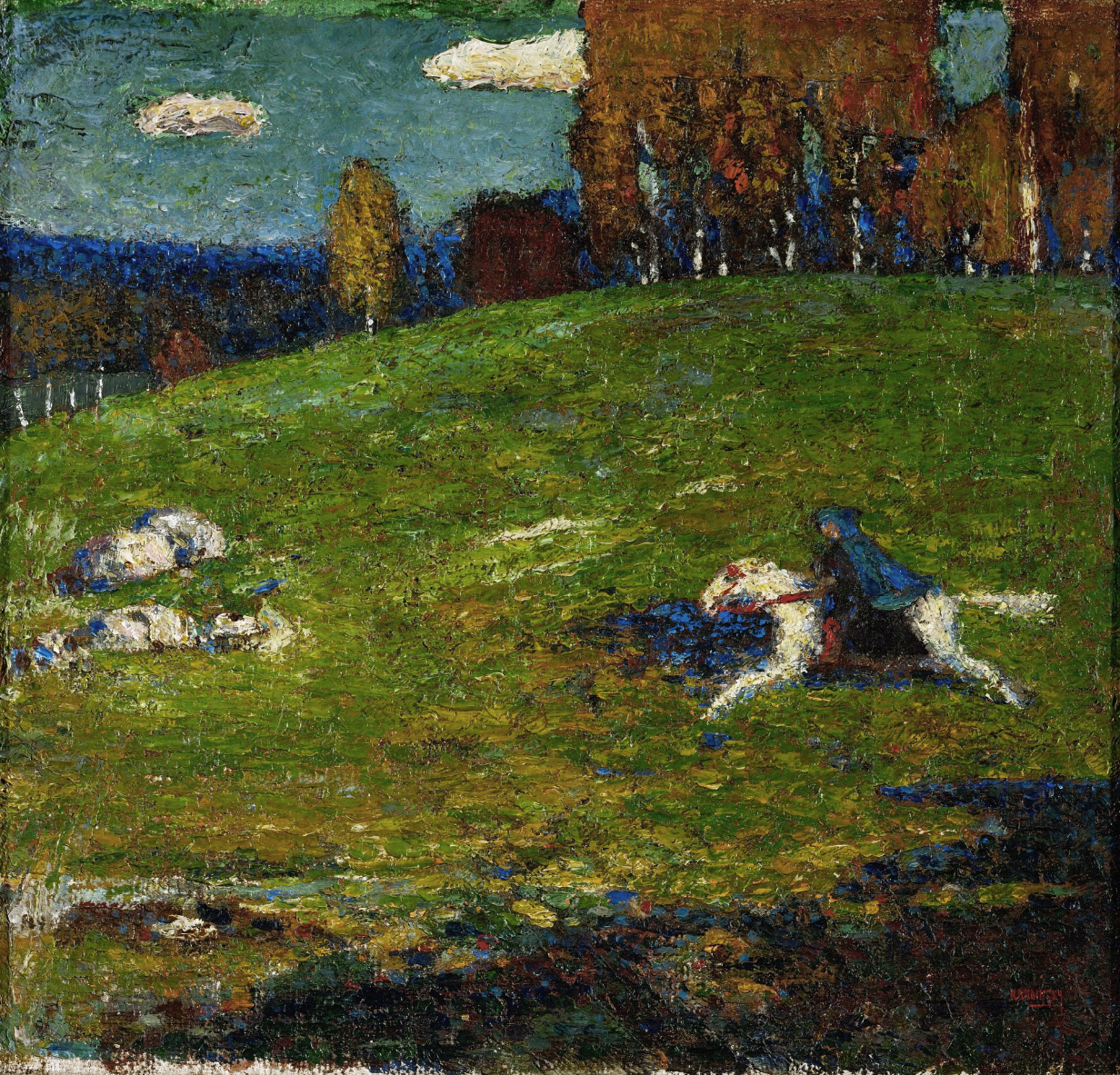
Der Blaue Reiter (The Blue Rider) Tutt'Art Pittura * Scultura * Poesia * Musica
Der Blaue Reiter. Der Blaue Reiter ( The Blue Rider) is a designation by Wassily Kandinsky and Franz Marc for their exhibition and publication activities, in which both artists acted as sole editors in the almanac of the same name, first published in mid-May 1912. The editorial team organized two exhibitions in Munich in 1911 and 1912 to.
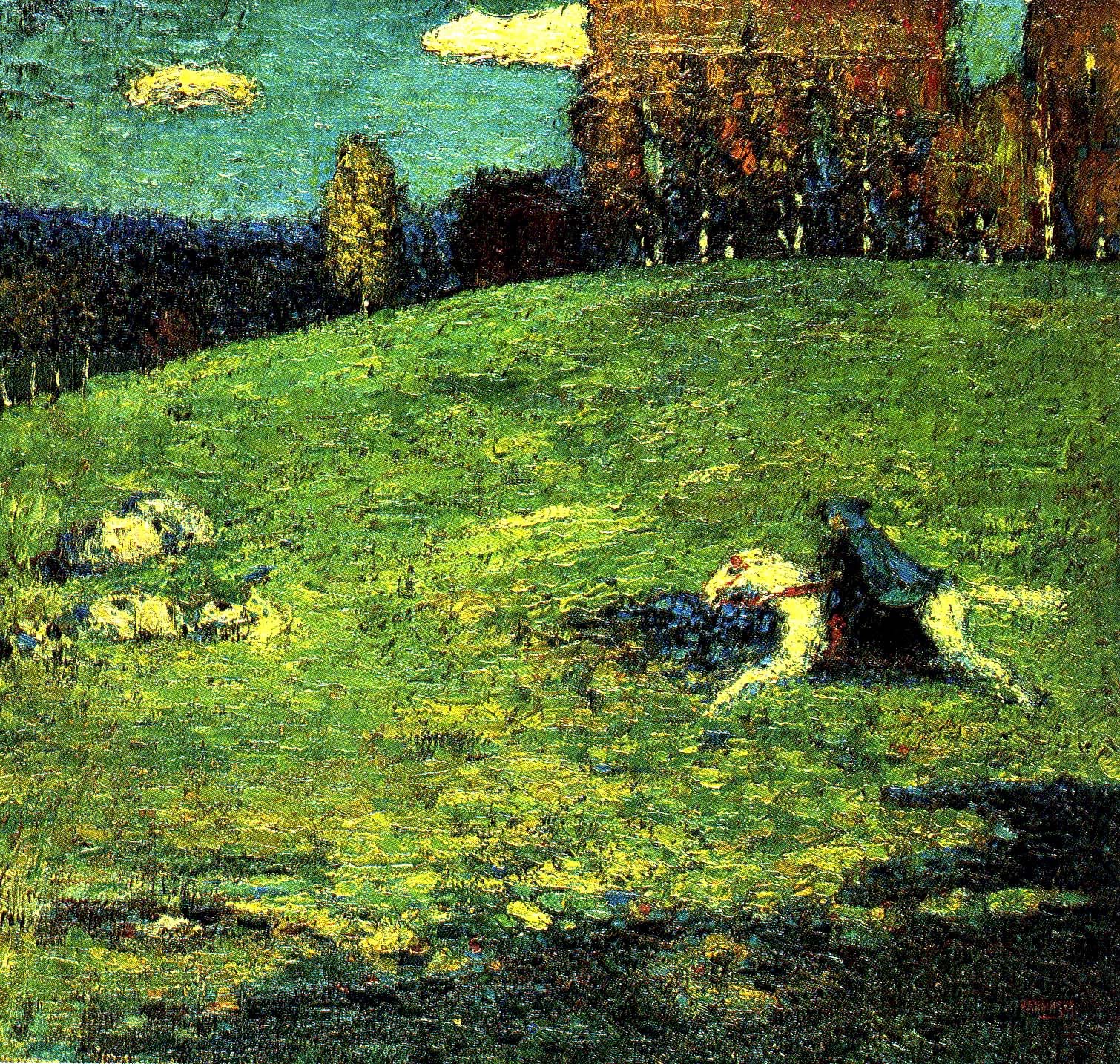
German Art Movements of the Early 20th Century The Art History Archive
Der Blaue Reiter was formed in 1911 in Munich as a loose association of painters led by Vasily Kandinsky and Franz Marc. They shared an interest in abstracted forms and prismatic colors, which, they felt, had spiritual values that could counteract the corruption and materialism of their age. The flattened perspective and reductive forms of.

Der Blaue Reiter History, Characteristics, Artists Sotheby’s
The Blue Rider. The Lenbachhaus has the world's largest collection of art of "Der Blaue Reiter" (The Blue Rider), one of the most important groups of avant-garde artists in the early twentieth century. The core of this treasure consists of the generous donation by the painter Gabriele Münter, who was Wassily Kandinsky's companion until 1914.
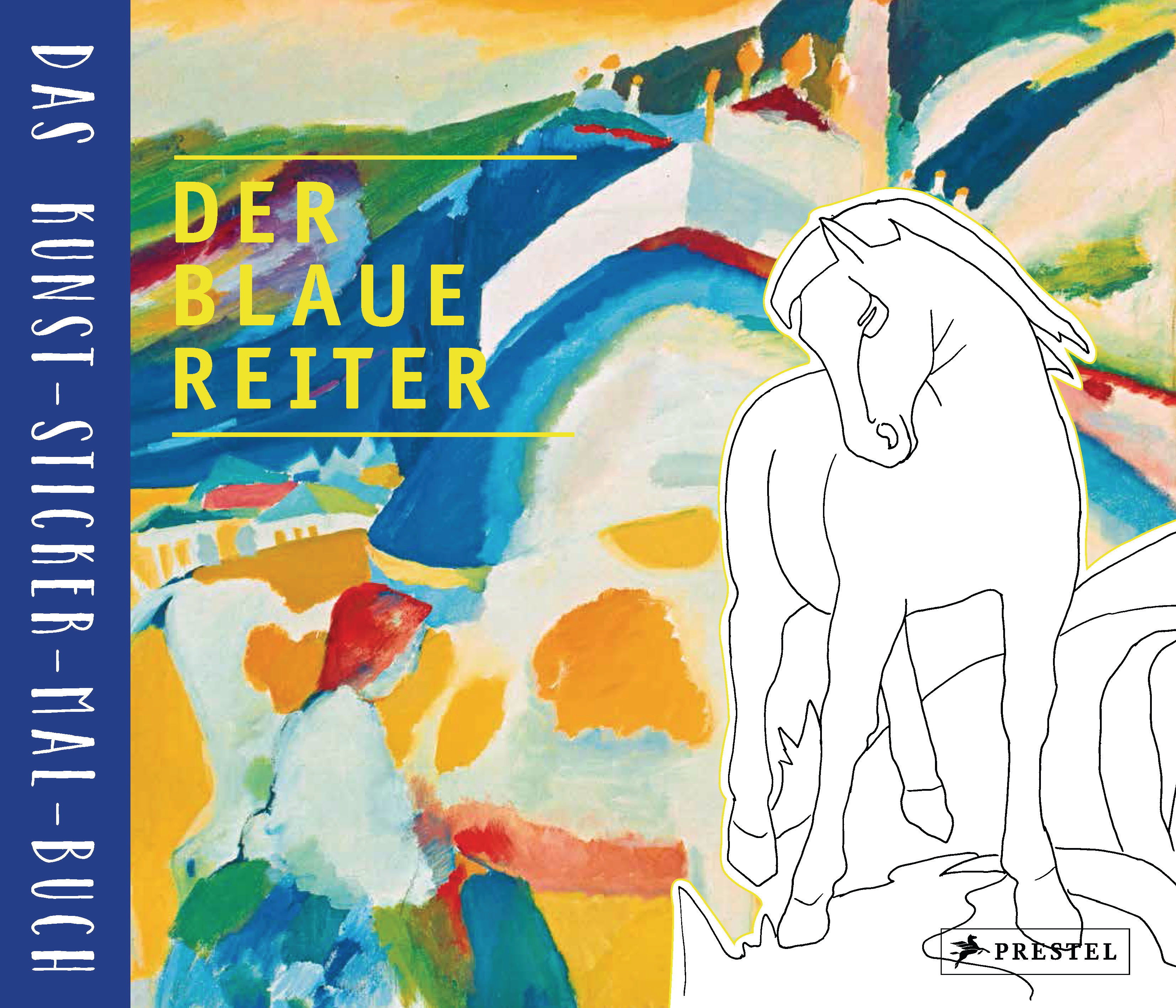
Doris Kutschbach Der Blaue Reiter. Prestel junior Verlag (Paperback )
The Blue Rider (German: Der Blaue Reiter) is an oil painting executed in Bavaria in 1903 by the Russian emigré artist Wassily Kandinsky.It is now held in a private collection in Zürich, and shares its name with an almanac and the art movement he would co-found with Franz Marc in the early 1910s.

Der Blaue Reiter History, Characteristics, Artists Sotheby’s
Der Blaue Reiter ist eine Bezeichnung von Wassily Kandinsky und Franz Marc für ihre Ausstellungs- und Publikationstätigkeit, bei der beide Künstler in dem erstmals Mitte Mai 1912 herausgegebenen gleichnamigen Almanach als alleinige Herausgeber fungierten. [1] Das Redaktionsteam organisierte in den Jahren 1911 und 1912 zwei Ausstellungen in.

Der Blaue Reiter History, Characteristics, Artists Sotheby’s
Summary of Der Blaue Reiter. One of the two pioneering movements of German Expressionism, Der Blaue Reiter began in Munich as an abstract counterpart to Die Brücke's distorted figurative style. While both confronted feelings of alienation within an increasingly modernizing world, Der Blaue Reiter sought to transcend the mundane by pursuing the.
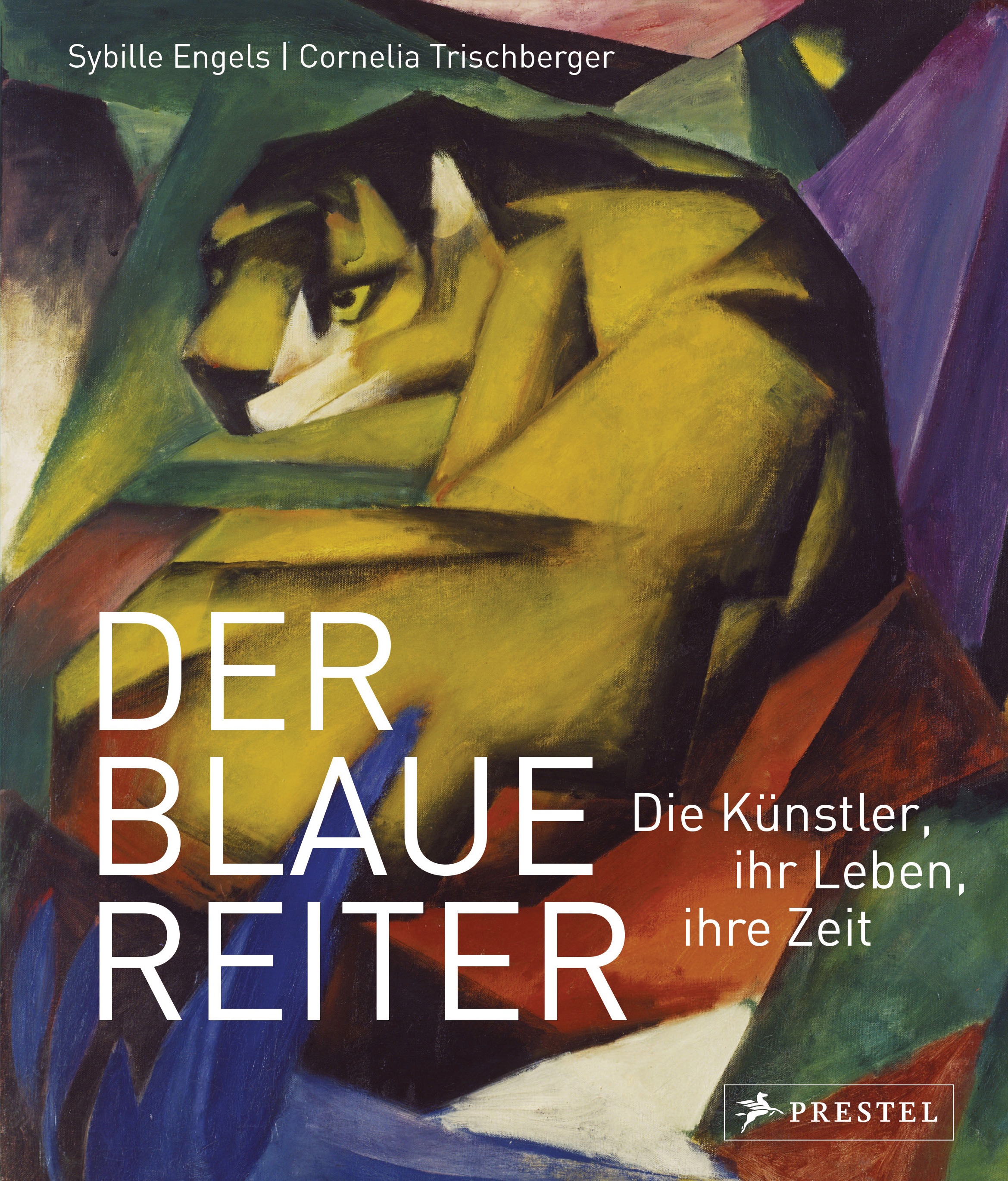
Cornelia Trischberger Der Blaue Reiter. Prestel Verlag (Paperback )
Der Blaue Reiter, (German: "The Blue Rider") Organization of Expressionist artists formed in Munich in 1911 by Vasily Kandinsky and Franz Marc. The name derived from a volume of essays and illustrations they published. Other members included Paul Klee and August Macke (1887-1914).

Kandinsky, Marc und der Blaue Reiter
Der Blaue Reiter were a group of international artists based in Munich who experimented with Abstraction and Expressionism. Initially founded by Wassily Kandinsky and Franz Marc, other members included Paul Klee, August Macke, Marianne von Werefkin and Alexej von Jawlensky. Along with the Die Brucke movement in Dresden, they laid the foundation.

Kandinsky, Marc und der Blaue Reiter
Der Blaue Reiter. (The Blue Rider) Formed in 1911 in Munich as an association of painters and an exhibiting society led by Vasily Kandinsky and Franz Marc. Using a visual vocabulary of abstract forms and prismatic colors, Blaue Reiter artists explored the spiritual values of art as a counter to [what they saw as] the corruption and materialism.